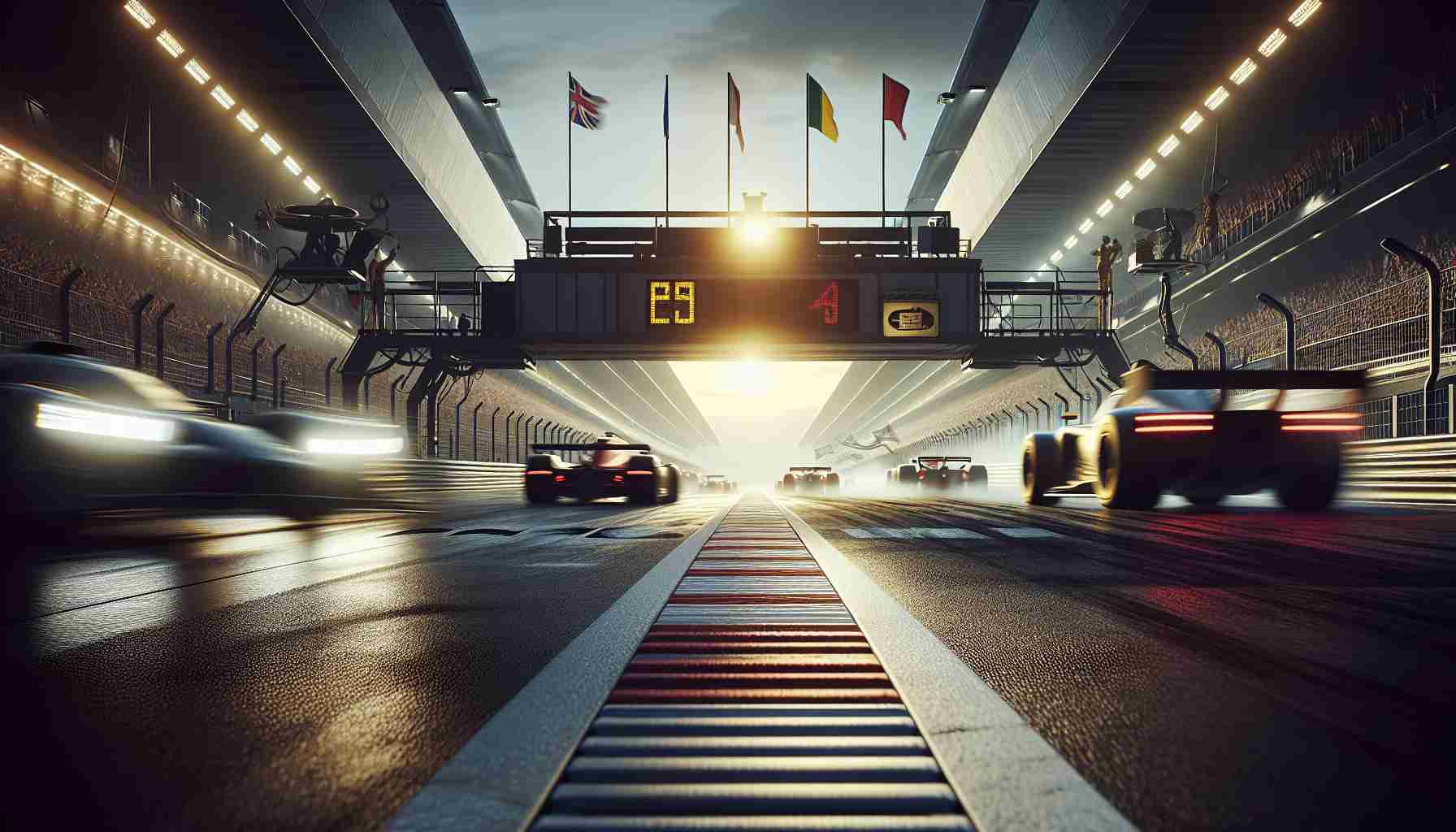Several Drivers Face Unexpected Pit Road Speeding Troubles
During the recent NASCAR Cup Series race at Pocono, a surprising pit road speeding issue in Section 7 caused chaos for top drivers like Kyle Larson and Chase Elliott. The layout of pit road at Pocono, as noted by Denny Hamlin, proved to be an unexpected challenge due to the varied speed markers scattered throughout the section. Unlike other tracks with consistent speed checks, Pocono’s pit road readings fluctuated significantly, catching drivers off-guard.
Pre-Race Preparations Highlight Speeding Concerns
The problem was apparent even before the race began, with 33 drivers flagged for speeding during the pre-race roll-through. Hamlin himself acknowledged the issue and made adjustments to avoid penalties. Despite these efforts, many drivers, including Larson and Elliott, faced penalties that dramatically altered their positions in the race.
Call for Re-Evaluation of Pit Road Setup
With the widespread impact of the speeding penalties at Pocono, questions arose about the need for NASCAR to reassess the track’s pit road setup. Hamlin expressed the need for a recalibration to ensure a fair and consistent system for all drivers in future races at Pocono. The unexpected turn of events underscored the importance of thorough preparation and adaptability in the high-stakes world of NASCAR racing.
New Pit Road Speeding Incidents Stir Controversy in NASCAR Cup Series Race at Pocono
Following the pit road speeding woes that unfolded at the recent NASCAR Cup Series race at Pocono, additional facts have come to light that further emphasize the challenges faced by drivers and teams during the event. As the dust settles on the aftermath of the race, one key question remains at the forefront: What caused the inconsistency in speed markers on Pit Road Section 7 at Pocono that caught top drivers off-guard?
Uncovering Key Challenges and Controversies
The most important question that arises in light of the pit road speeding incidents is whether there were technical malfunctions or human errors that led to the varied speed readings at Pocono. The unexpected nature of the issue and the impact it had on drivers like Kyle Larson and Chase Elliott raise concerns about the reliability of pit road monitoring systems and the potential for discrepancies to affect race outcomes.
In addition, the controversy surrounding the penalties incurred by numerous drivers, despite efforts to avoid speeding violations, brings to the forefront the need for consistent enforcement and transparent communication between officials and teams. The lack of clarity on how the speed markers were calibrated and monitored adds a layer of complexity to the situation, leaving room for debate on the fairness of the penalties imposed.
Assessing Advantages and Disadvantages
One advantage of the pit road speeding incidents at Pocono is the spotlight it has placed on the intricacies of NASCAR regulations and the crucial role of pit road discipline in race strategy. By highlighting the potential pitfalls of inconsistent speed checks, the event serves as a learning opportunity for teams and officials to refine race procedures and ensure a level playing field for all competitors.
On the other hand, a significant disadvantage of the incidents is the impact they had on the race results and the frustration experienced by drivers who were penalized despite their best efforts to adhere to the rules. The unpredictability of pit road readings not only disrupted the flow of the race but also sparked discussions on the need for comprehensive pre-race checks and enhanced monitoring systems to prevent similar issues in the future.
In conclusion, the pit road speeding woes at Pocono have brought to light the complexities and uncertainties that can arise in NASCAR racing, challenging drivers, teams, and officials to strive for improved clarity and consistency in rule enforcement. As the racing community reflects on the events that transpired, the call for a thorough re-evaluation of pit road setups and monitoring processes gains urgency to ensure fair competition in future NASCAR Cup Series races at Pocono.
For more information on NASCAR regulations and race updates, visit https://www.nascar.com.








